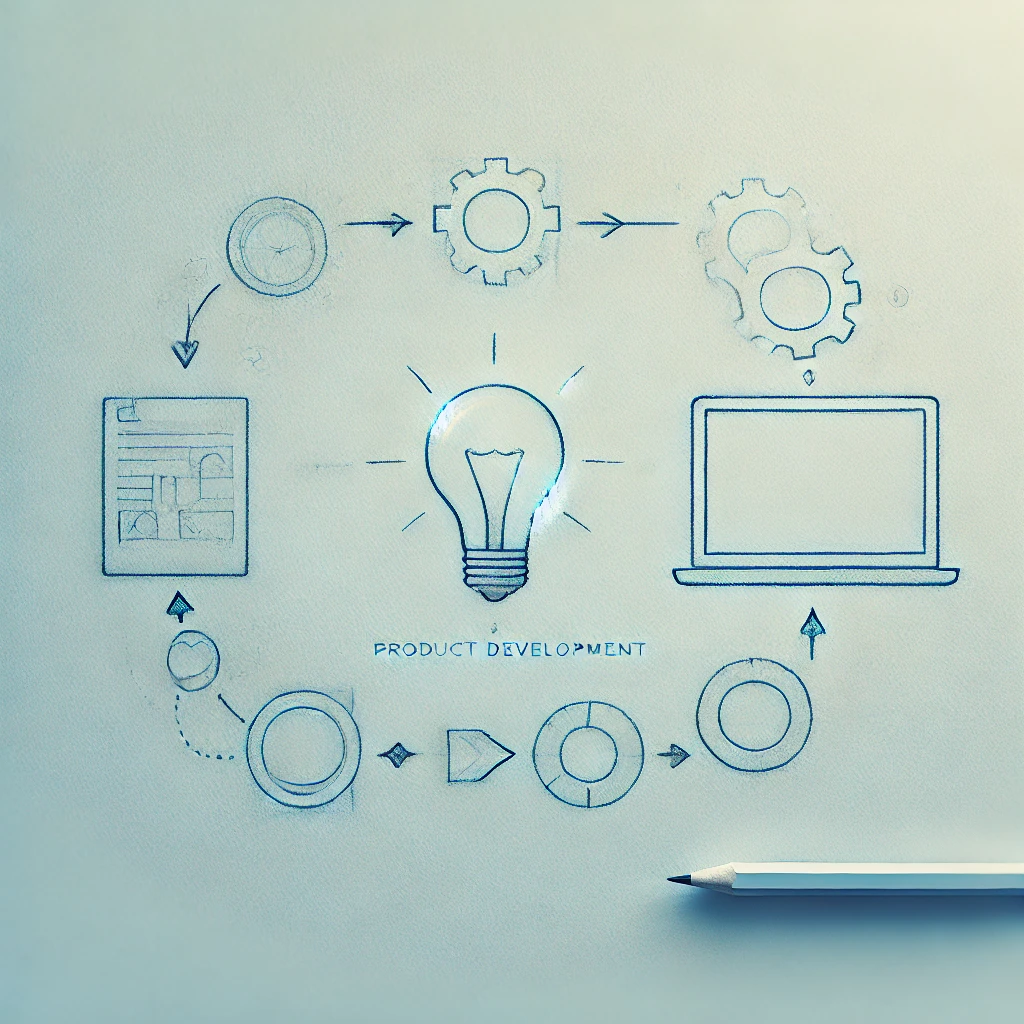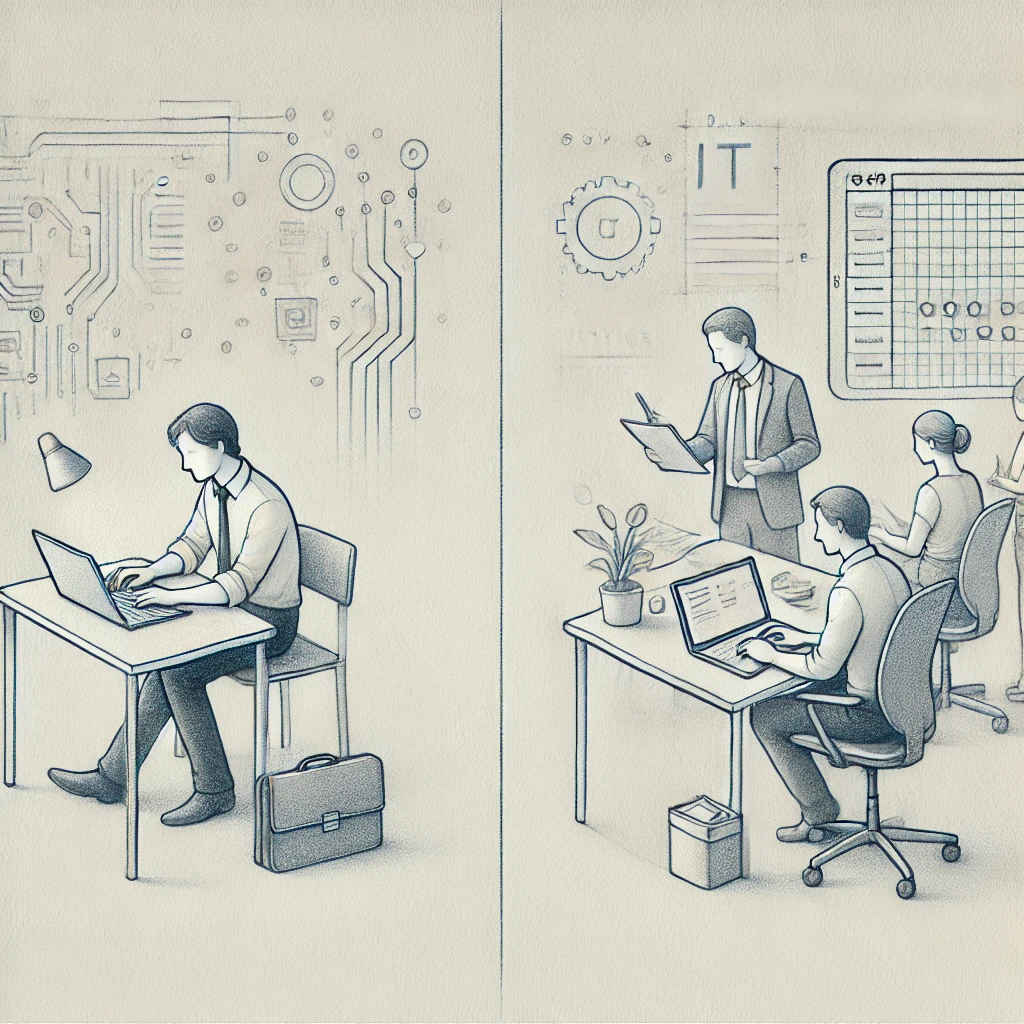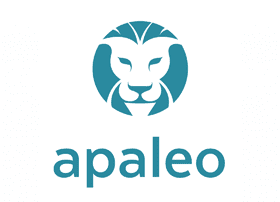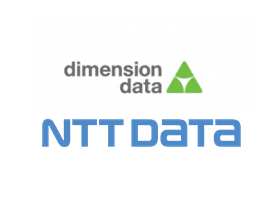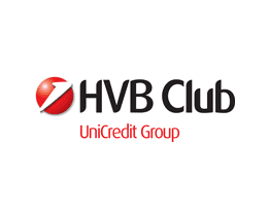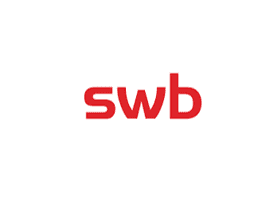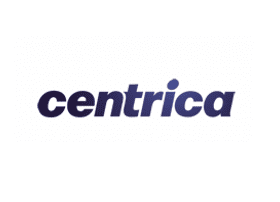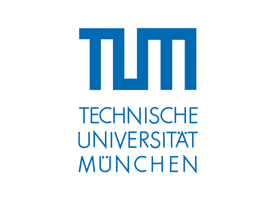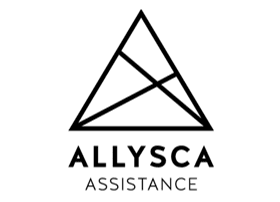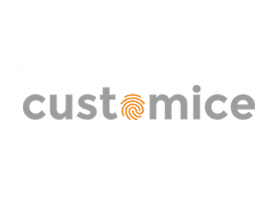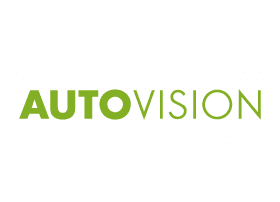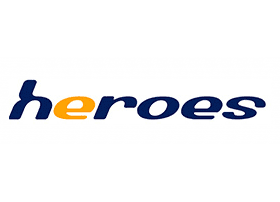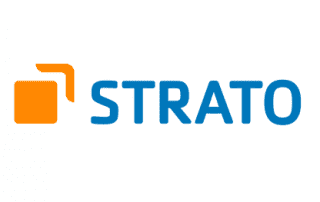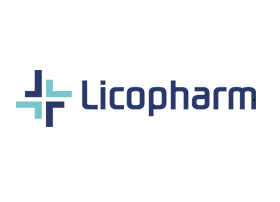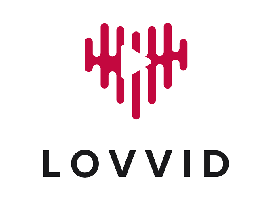Agility in IT projects – what does it mean?
– A guide. –

Agility is a term that is becoming increasingly important in IT projects. Originating from software development, the agile process model has established itself as an alternative to traditional, rigid project management methods. But what exactly does agility mean in IT projects?
1 What does agility mean in IT projects?
Agility refers to the ability of a project or organization to react quickly to changes, respond flexibly to customer requirements and continuously create added value. In IT projects, this means choosing an adaptive, incremental approach instead of a rigid, predefined project plan.
Agile teams work in short development cycles, known as sprints, in which small, functional pieces of software are developed and tested. This makes it possible to obtain regular feedback from the customer and react quickly to changing requirements.
This flexibility is particularly important in IT projects, where technological innovations and changing requirements are the order of the day. Instead of spending months developing a product without knowing whether it will meet the requirements, the agile method allows close collaboration with the customer and frequent adjustments.
2 Why is agility so important in IT projects?
Traditional project management methods such as waterfall are based on fully defining requirements at the start of a project and then working through them in defined phases. However, many IT projects have shown that this approach often leads to problems:
- Customer requirements change during the course of the project.
- Technologies are developing rapidly, which is not taken into account in the original plan.
- Risks and errors are only discovered late in the project, making expensive and time-consuming reworking necessary.
Agility offers a solution here by minimizing the risk of a project being developed without the market. Through frequent coordination and iterative development, errors are detected early and rectified immediately.
Another advantage of agile projects is increased customer satisfaction. Thanks to the regular feedback loops, the customer feels more involved in the development process and sees continuous progress.
3. agile principles and values
The basic values and principles of agile methods originate from the Agile Manifesto, which was formulated by a group of software developers in 2001. This manifesto defines four core values:
- Individuals and interactions via processes and tools
- Functioning software via comprehensive documentation
- Cooperation with the customer on contract negotiations
- Responding to changes by following a plan
There are also twelve agile principles that expand on these values. A central principle, for example, is the focus on early and continuous delivery of valuable software.
4. known agile frameworks in IT projects
There are various frameworks that are based on agile principles. The best known are
Scrum
Scrum is one of the most popular agile frameworks. It is based on an iterative process in which the project is divided into fixed time segments (sprints). At the end of each sprint, an incremental product is delivered that is functional and can be checked by the customer.
Kanban
Kanban is another framework that promotes agility by focusing on visualizing work and limiting ongoing tasks. The continuous optimization of the workflow ensures that blockages are quickly identified and resolved.
Extreme Programming (XP)
Extreme Programming focuses on technical excellence and customer feedback. It promotes practices such as pair programming and test-driven development (TDD) to ensure high quality in software development.
5. advantages of agile methods for IT projects
The advantages of agile methods are manifold and are particularly important in dynamic environments such as IT:
- Flexibility and adaptability: Agile projects can react flexibly to changes in requirements or new technical developments.
- Regular feedback: Thanks to short development cycles, the team receives feedback quickly and can continuously improve the product.
- Less risk: Early testing and incremental delivery reduce the risk of problems being discovered late in the project.
- Motivated teams: Agile methods promote collaboration and the self-organization of teams, which leads to higher motivation and productivity.
6. challenges in the introduction of agility
Despite its many advantages, the introduction of agile methods also brings challenges:
- Cultural change: Companies with a traditional hierarchical structure often have to undergo a cultural change in order to successfully implement agile principles.
- Involve managers: Agility requires a new type of leadership that relies less on control and more on coaching.
- Teamwork and communication: Agile working requires a high level of communication and intensive collaboration within the team.
7. how does BITS GmbH support the implementation of agile methods?
The introduction of agile methods can be complex, especially in larger organizations or in teams that have previously worked classically. BITS GmbH offers comprehensive support to ensure a smooth transition to agile working methods.
Our experts analyze the current project status, advise on the appropriate agile frameworks and help with the introduction of agile principles. Regardless of whether you prefer Scrum, Kanban or a customized agile method – we support you with our know-how to ensure that your IT projects are implemented agilely, flexibly and successfully.
Contact us for a comprehensive consultation and find out how agility can help your company respond faster and more efficiently to market demands.
CONTACT
Would you like to find out more?
Are you interested in learning more about the possibilities of digitization in your company? Are you facing similar challenges or have you planned specific projects in your company? Please contact us for a detailed consultation.
Send us an e-mail directly to [email protected] – we look forward to working with you to shape the future of your IT landscape!
You can also make an appointment directly in our calendar.
OUR CUSTOMERS AND PARTNERS
OUR CUSTOMERS AND PARTNERS
Gemeinsam, zuverlässig und langfristig wollen wir als IT-Dienstleister Sie bei Ihren IT-Vorhaben unterstützen. Eine Auswahl unserer Kunden, Partner sowie Branchen finden Sie in diesem Abschnitt.






